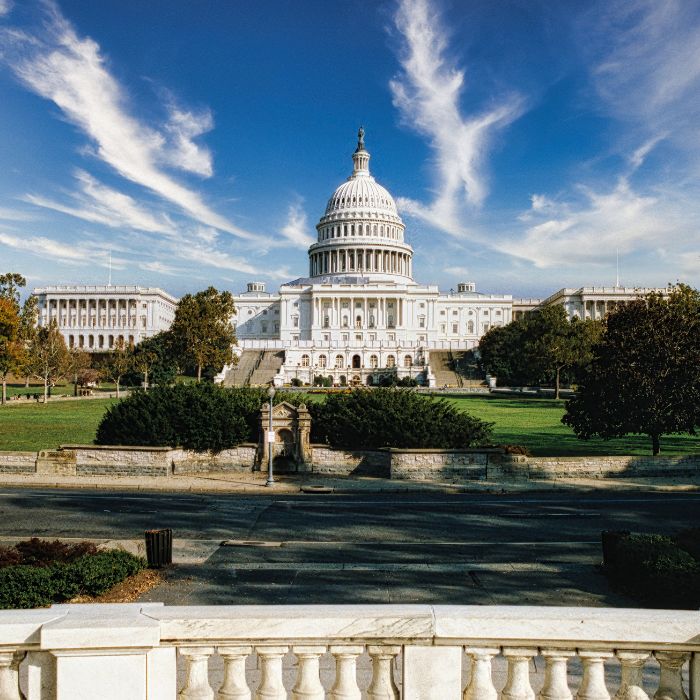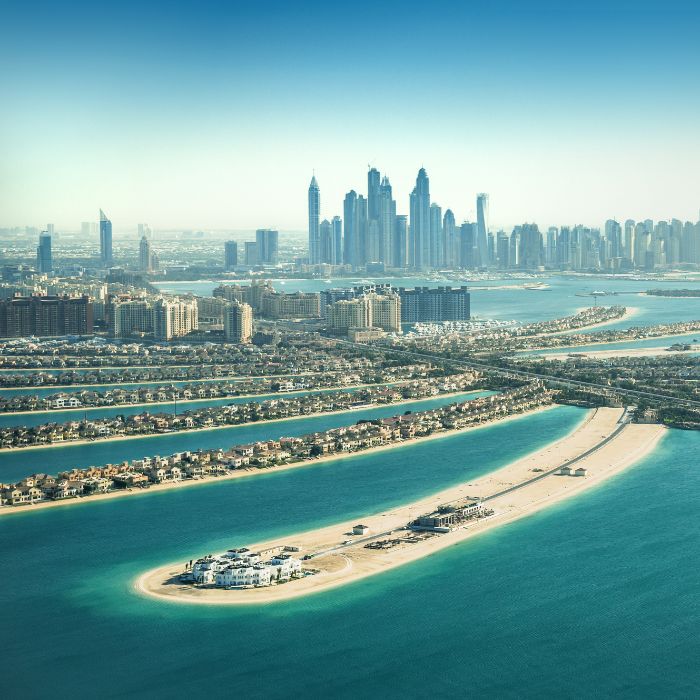2025 Middle East and Africa Immigration Trends: Balancing Localization Concerns with Global Talent Attraction Efforts
July 1, 2025
By: Murtaza Khan, Lunga Mani, Scott Leeb
In 2025, the Middle East and Africa are reshaping immigration policies to address economic, demographic and digital transformation pressures. Common themes emerge: stringent localization efforts, targeted pathways for skilled professionals and a digital-first approach to mobility. These trends reflect a strategic balance between protecting local workforces and fostering global competitiveness, with implications for businesses navigating compliance and talent acquisition.
This blog highlights these and other key trends covered in more detail in Fragomen’s 2025 Regional Immigration Overviews, available in mid-July 2025.
Localization and Upskilling: Prioritizing National Workforces
Both regions are intensifying efforts to prioritize local employment through restrictive policies. Examples of localization initiatives include:
-
-
- In the Middle East, Saudi Arabia’s Saudization enforces sector-specific quotas in healthcare and tourism, aiming to reduce unemployment to 7% by 2030.
-
-
-
- Qatar’s new Qatarization law mandates private-sector hiring of nationals.
-
-
-
- In Africa, Botswana requires foreign nationals with engineering qualifications or work experience who intend to work in non-engineering roles to obtain an Engineers Registration Board Certificate.
-
-
-
- Gabon intends to adopt a foreign workforce quota for employers.
-
To go a step further, Middle Eastern countries are focusing on upskilling programs to meet market demands and prepare locals for the competitive market in high-growth sectors. For example, Saudi Arabia’s Human Resources Development Fund and UAE’s Nafis program train nationals in artificial intelligence (AI), tourism and fintech. These initiatives could also start to pop up in Africa, where digital skill literacy is at a low level compared to global averages (though digital access is growing quickly).
Targeted Immigration Pathways: Attracting Global Expertise
Despite localization, both regions recognize the need for skilled foreign professionals. For example:
-
-
- The Middle East’s targeted visas—like the UAE’s Blue Visa for sustainability experts, Saudi Arabia’s Premium Residency and Morocco’s fast-track healthcare licensing—fill critical skill gaps in AI, healthcare, and green sectors.
-
-
-
- In Africa, Kenya’s Class R work permit for East African Community nationals and South Africa’s proposed Start-Up Visa attract regional and entrepreneurial talent, fostering innovation without displacing locals.
-
These pathways complement localization by addressing immediate shortages while supporting long-term economic goals.
For instance, Bahrain’s Golden Residency Visa targets finance and information technology professionals, and Kenya’s digital nomad visa, though with limited uptake, signals openness to global talent. Businesses benefit from streamlined access to expertise, but must navigate stricter compliance, as seen in Saudi Arabia’s unannounced inspections.
Digital Transformation: Streamlining Mobility and Enforcement
Digitalization is revolutionizing immigration management. In the Middle East, countries are leading with integrated digital systems that streamline visa processing and support broader economic goals.
Examples include:
-
-
- Saudi Arabia’s e-visa for visiting investors
-
-
-
- Egypt’s multiple-entry e-visa
-
-
-
- Qatar’s Digital Identity app, which consolidates immigration and border services
-
Biometric tools and connected platforms enhance efficiency and reduce paperwork. At the same time, they enable real-time monitoring, giving authorities greater visibility into foreign worker activities and visa compliance. The UAE’s border security integration is a prime example, allowing enforcement agencies to flag potential violations as they occur.
In Africa, similar systems are emerging, though with varied rollout success:
-
-
- Zimbabwe’s e-visa system now serves nationals from 118 countries
-
-
-
- Nigeria’s Expatriate Administration System digitizes permit applications
-
-
-
- South Africa’s smart ID program improves resident identification and tracking
-
This digitalization landscape requires employers to double-down on their internal compliance policies and practices.
Emerging Opportunities: Regional Integration and Investment
Both regions are leveraging integration and investment for mobility.
Africa’s African Continental Free Trade Area (AfCFTA), signed by 54 countries, promotes labor mobility through visa waivers like Uganda–Mozambique, aligning with continental integration goals.
MENA’s focus on retention ecosystems—via the UAE’s Golden Visa and Saudi Arabia’s social protections—creates stable environments for expatriates. Between 2022 and 2023 alone, Gulf Cooperation Country nations launched 156 greenfield foreign direct investment projects in Africa, amounting to USD 113 billion – initiatives that drive demand for skilled professionals, necessitating visa liberalization to sustain partnerships.
*Fragomen’s Sonya Cole, Sarah Blackmore, Marcin Kubarek, Aiswarya Shybu, Ada Blignaut and Dominic Dietrich contributed to this blog.
Need to Know More?
The Middle East and Africa are crafting sophisticated immigration frameworks to balance localization with global talent needs. Businesses must navigate restrictive compliance, leverage digital tools and capitalize on liberalized pathways to thrive in these dynamic regions. For more information on these and other regions’ immigration trends, stay tuned for access to the 2025 Regional Immigration Overviews, available in mid-July 2025.
For questions, please contact Managing Partner for the Middle East and Africa Murtaza Ali Khan at [email protected], Partner Lunga Mani at [email protected] and Chief Knowledge Officer Scott Leeb at [email protected].
This blog was published on July 1, 2025, and due to the circumstances, there are frequent changes. To keep up to date with all the latest updates on global immigration, please subscribe to our alerts and follow us on LinkedIn, Twitter, Facebook and Instagram.




![Porthole headshot image of Fragomen [Johannesburg][PracitceLeader][LungaMani]](https://www.fragomen.com/a/web/6WcQWfBAw47M3G3iqv1Hsw/39Scq7/lunga_porthole_2019.jpg)












